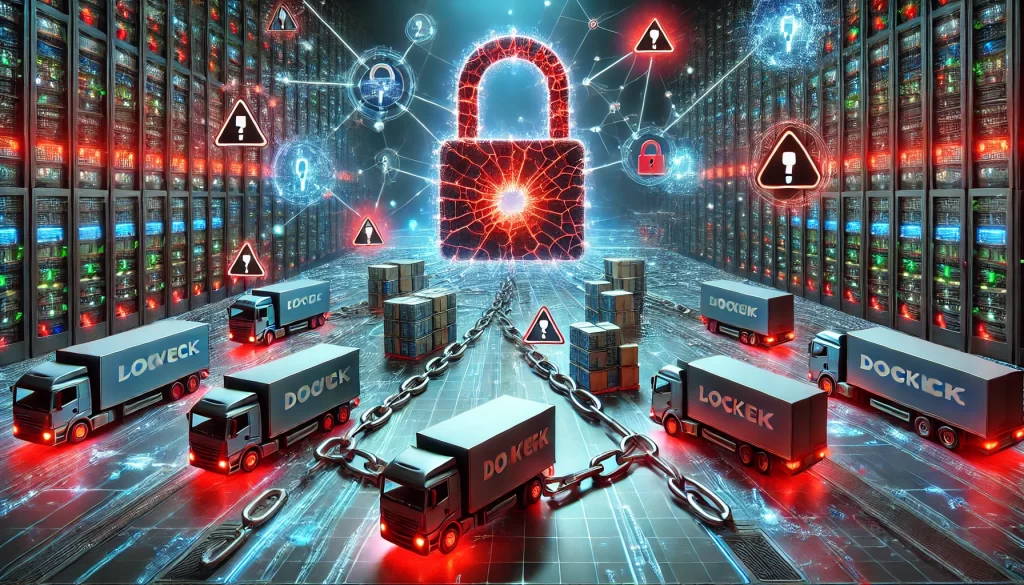
Imagine this: your systems are slower, your cloud bill is higher than expected, and your team can’t figure out why. No ransomware note. No obvious breach.
Welcome to the quiet world of cryptojacking—where attackers mine cryptocurrency using your systems, your electricity, and your cloud resources.
Let’s break down what cryptojacking is, how it works, and how you can defend against it.
What Is Cryptojacking?
Cryptojacking is the unauthorized use of someone else’s computing resources to mine cryptocurrency. Unlike traditional cyberattacks that lock or destroy data, cryptojacking is stealthy. Its goal is to stay hidden while continuously leeching CPU power.
It’s like having a parasite in your network, feeding off your resources quietly.
How Does It Work?
Attackers typically inject cryptomining scripts into websites, apps, cloud workloads, or infected systems. Once deployed, the script starts mining coins—like Monero or Ethereum—without the user’s knowledge.
Common Entry Points:
- Infected browser extensions or websites (JavaScript miners)
- Compromised cloud containers (Kubernetes clusters, EC2, etc.)
- Malware dropped via phishing or drive-by downloads
- Infected software dependencies (supply chain attacks)
Signs You’re a Victim of Cryptojacking
Cryptojacking rarely triggers obvious alarms. But you can spot it with the right indicators:
- High CPU or GPU usage with no clear reason
- Increased fan noise or overheating
- Sluggish performance across endpoints or servers
- Unexplained cloud bills or spikes in usage metrics
- New or unusual processes running in the background
In the cloud, attackers often spin up multiple instances using stolen credentials to maximize mining speed.
Why Is It Dangerous?
While cryptojacking might seem “less harmful” than ransomware, it comes with real consequences:
- Reduced performance affecting business productivity
- Shortened hardware lifespan due to overheating
- Increased operational costs, especially in cloud infrastructure
- Security gaps, since a successful cryptojacker is proof of deeper vulnerabilities
Plus, if attackers could inject a miner… what else could they do?
How to Protect Against Cryptojacking
1. Use Endpoint Protection & EDR
Modern security tools like Carbon Black, CrowdStrike, or Microsoft Defender for Endpoint can detect cryptomining behaviors.
2. Implement Network Monitoring
Track unusual outbound traffic or connections to mining pools.
3. Harden Cloud Infrastructure
- Enforce least privilege and IAM best practices
- Monitor cloud logs (e.g., CloudTrail, Azure Monitor)
- Use tools like Cloud Security Posture Management (CSPM)
4. Educate Your Users
Phishing is still a top delivery method. Regular awareness training helps reduce accidental infections.
5. Apply Patch Management
Unpatched vulnerabilities are a welcome mat for attackers.
Real-World Example
In 2018, Tesla’s Kubernetes dashboard was left open to the internet—no password. Attackers snuck in, deployed cryptominers, and ran operations undetected… until their AWS bill raised eyebrows.
Lesson: even tech giants can fall victim.
Final Thoughts
Cryptojacking is a low-and-slow threat—but one that can cost organizations thousands in lost productivity, hardware degradation, and cloud bills.
Defending against it requires good hygiene, constant monitoring, and user vigilance.
Because in today’s world, even your CPU cycles are a target.
Stay informed. Stay secure. Subscribe to SecureBytesBlog for more real-world insights on modern cyber threats and how to stop them.

Thanks Bala for the explanation why this is dangerous and not only expensive – I am sure this is often overlooked
Lucas